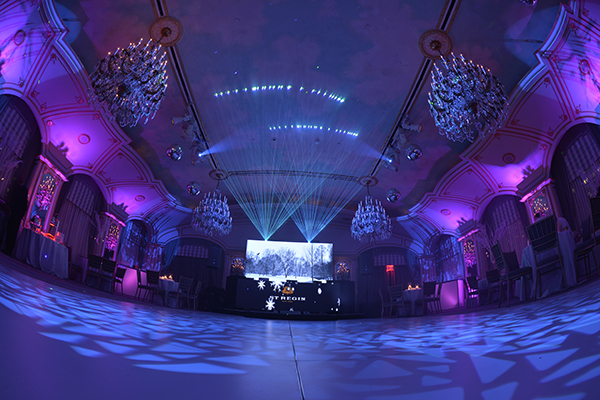Illuminating the Impact of Lighting Techniques on the Art of Film Projection Mapping Techniques
Illuminating the Impact of Lighting Techniques on the Art of Film Projection Mapping Techniques
Blog Article
Video mapping mapping is an innovative creative form that merges technology and innovation to transform common spaces into extraordinary sight displays. This technique entails casting graphics and videos onto three-dimensional elements, such as structures, sculptures, or platforms. One of the most crucial factors in producing effective mapping is the use of effective lighting techniques. Proper lighting enhances the aesthetic elements of the projection and guarantees that the visuals are crisp and engaging. This piece examines the influence of illumination techniques on video mapping and how they can elevate the complete encounter.
Illumination plays a vital role in video projection because it establishes the atmosphere and feel of the display. Different lighting techniques can evoke various feelings and reactions from the viewers. For instance, using soft, cozy lights can create a inviting environment, while vivid, cool illumination may produce a more dynamic or dramatic impact. By thoughtfully choosing light hues and brightness, artists can influence how viewers perceive the projected images, leading to a more engaging encounter. The equilibrium between mapping luminance and surrounding illumination is essential, as it can significantly impact the visibility and effect of the visuals.
In addition, hue and intensity, the angle of illumination also affects the effectiveness of projection. Illumination from different angles can create shadows and accents that add dimension to the mapped visuals. This method, known as light and shadow, can enhance the 3D quality of the subjects being projected. Furthermore, using moving illumination can introduce energy to the exhibit, making the encounter more involving for the audience. When the illumination interacts with the mapped visuals, it can produce an effect of movement and transformation, capturing the audience's attention.
Another important element of illumination in mapping is the use of special features. Methods such as patterned illumination, which here are the findings uses patterns and forms to project light, can introduce depth and intricacy to the projections. This approach enables creators to superimpose visuals and create aesthetically captivating effects that complement the mapping. Additionally, adding laser lights or light-emitting diode illumination can additionally enhance the display, providing a distinct mix of sight elements that draw the audience in. These special effects, when used thoughtfully, can transform the projection beyond a simple show to an immersive work of art.
In conclusion, the impact of lighting techniques on motion mapping is profound. By comprehending how different lighting components connect with mapped visuals, artists can produce enthralling experiences that resonate with viewers. The thoughtful choosing of hue, intensity, direction, and special effects allows for a vivid tapestry of visual storytelling. As technology advances to grow, the great post to read possibilities for creative expression in projection will only grow, making lighting an ever-important component in this innovative art form.